
This isn’t just any list of the “best” gear out there. It’s a carefully chosen collection of equipment I personally invested in, tested, and relied on to power through the learning curve. My honest, no-nonsense take—from one beginner to another.
Some links are affiliate links. Purchases may earn me a small commission at no extra cost to you. I only recommend gear I trust and use.
Battle-Tested by a Total Beginner
Motorcycling Gear
-
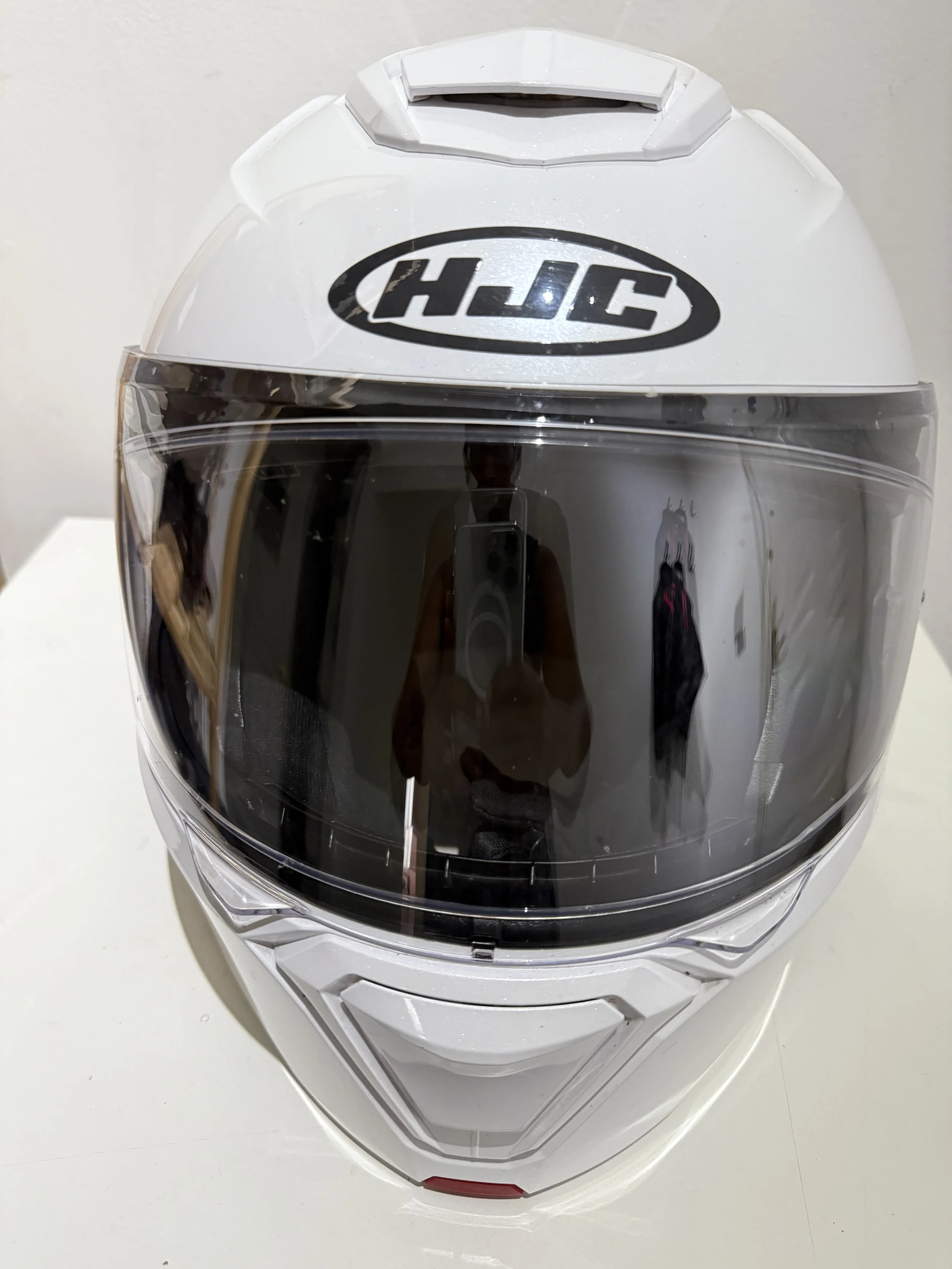
HJC C70 Helmet
My Verdict: The No-Brainer Beginner Helmet. Solid protection without destroying your wallet.
My Experience: I spent weeks agonizing over a helmet. Should I spend €500? €1000? In the end, I chose this one because it had the safety ratings I needed (ECE 22.05) and a price that left me money for other gear. It's not the quietest helmet on the highway, and the ventilation could be better, but it literally saved my skull during my first low-speed drop. You can't argue with that. For starting out, this is the one.
-
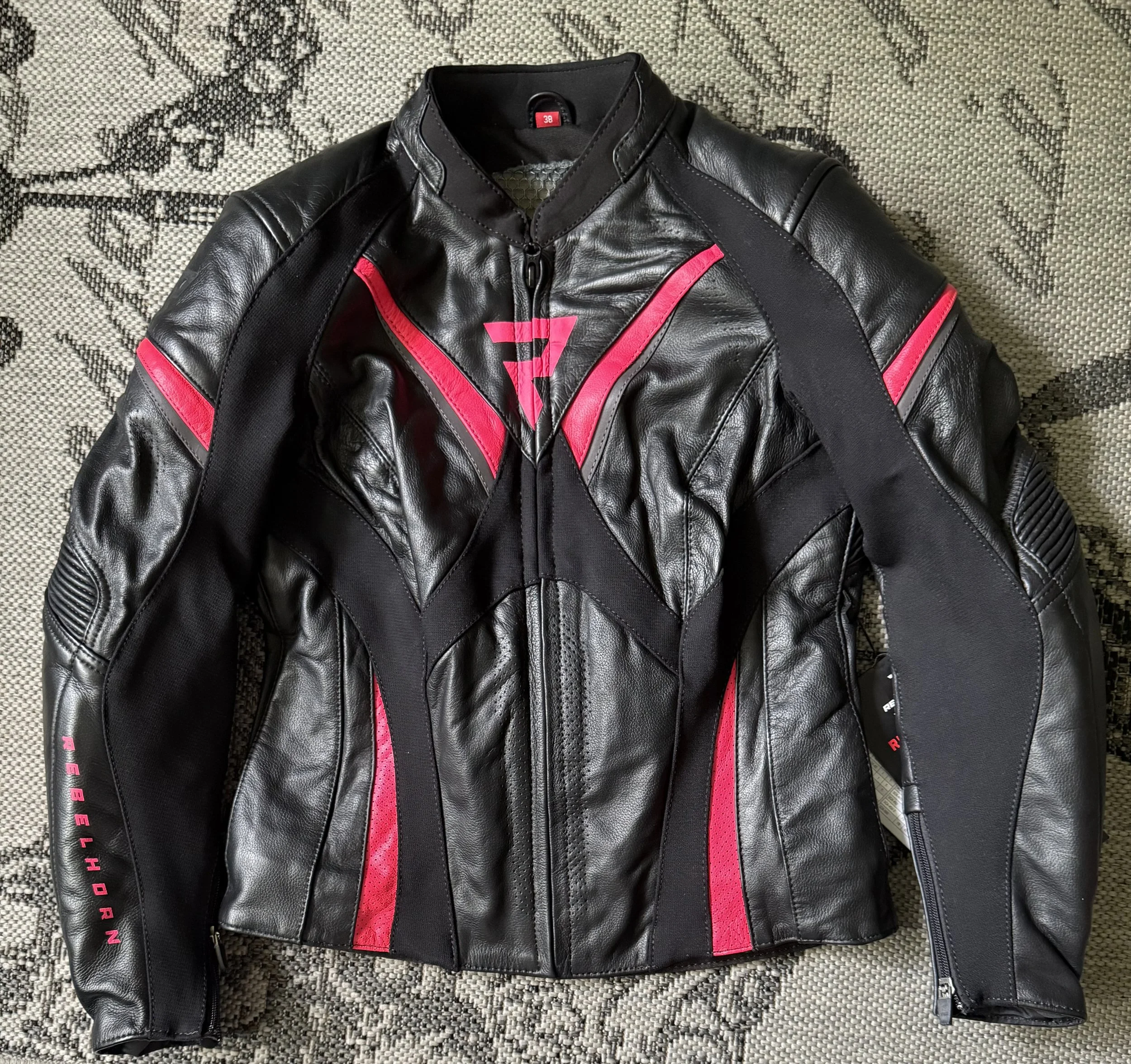
Rebelhorn Rocket Women's Motorcycle Jacket
The Rebelhorn Rocket Women's Motorcycle/Textile Jacket quickly became my go-to gear for every ride. It strikes the perfect balance between feeling safe and looking great. The textile material breathes well, so even on longer trips, I stay comfortable without overheating. Knowing that the CE-approved shoulder and elbow armor—and the option to add back protection—have my back gives me real peace of mind when I’m out on the road. I love how the adjustable waist and cuffs let me get the fit just right, and the ventilation panels make a noticeable difference on warmer days. Plus, the reflective elements catch the light, which makes me feel more visible and secure at night. Whether you're a newbie like I once was or just upgrading your jacket, this lightweight and reliable piece is definitely worth considering.
-
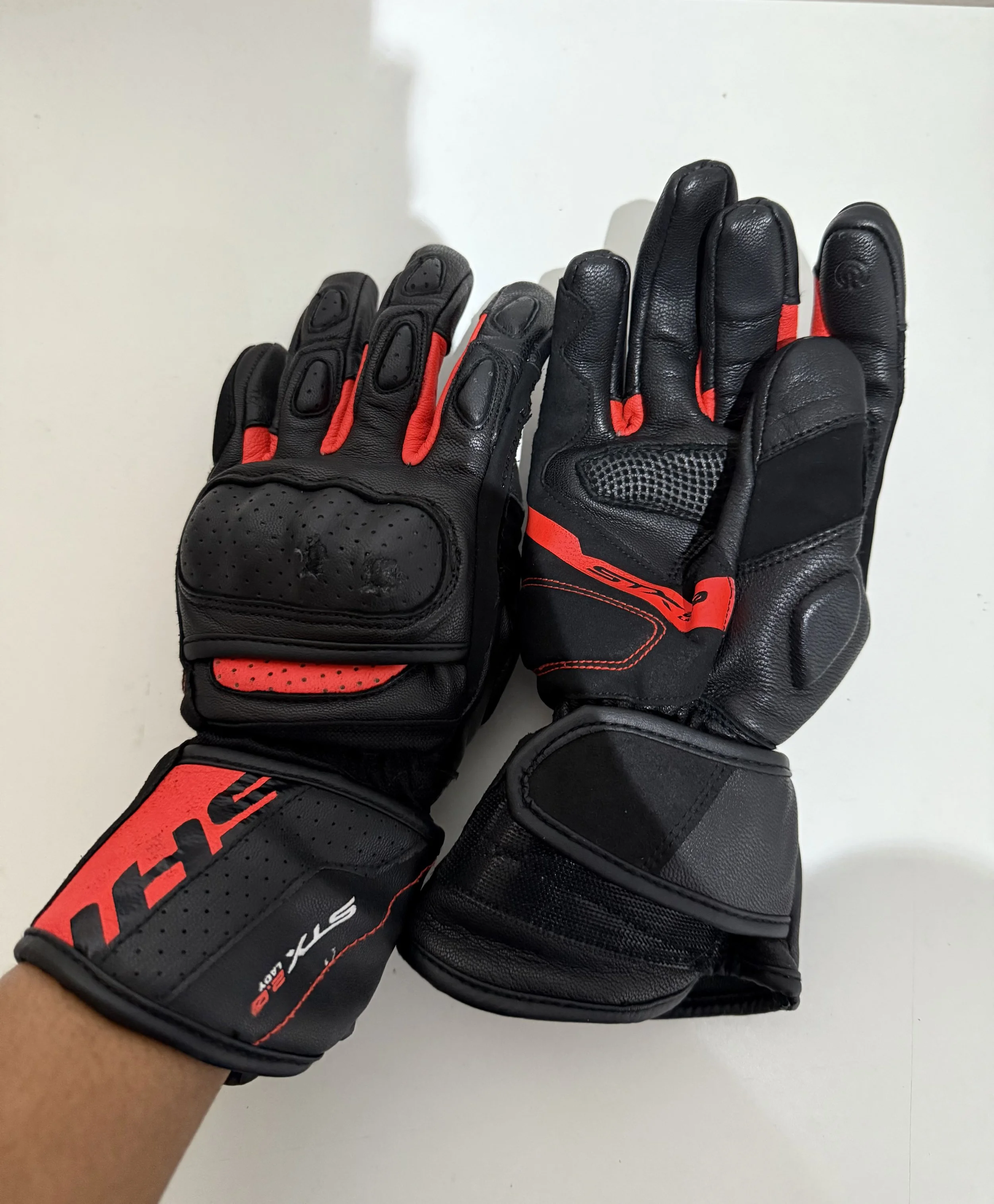
SHIMA STX 2.0 LADY RED women's road-touring gloves black red
When I first tried on the SHIMA STX 2.0 LADY RED women's road-touring gloves in black and red, I immediately appreciated their blend of functionality and style tailored for beginner riders like me. The striking combination of black with vibrant red accents felt bold yet elegant, reflecting a confident, adventurous spirit without compromising femininity.
Comfort was immediately noticeable during my initial rides. The gloves featured breathable materials that prevented my hands from overheating, a crucial factor for someone still acclimating to longer rides. The reinforced knuckle protection added a reassuring layer of safety, allowing me to ride with confidence over rough patches and sudden stops. Additionally, the secure, natural grip helped me maintain control, whether cruising through calm city streets or tackling more twisting roadways.
These gloves quickly became an essential part of my riding gear, offering a perfect balance of protection and style. For any woman just beginning her road-touring journey, the SHIMA STX 2.0 LADY RED gloves are a reliable and stylish choice that encourages both safety and passion on every ride.
-
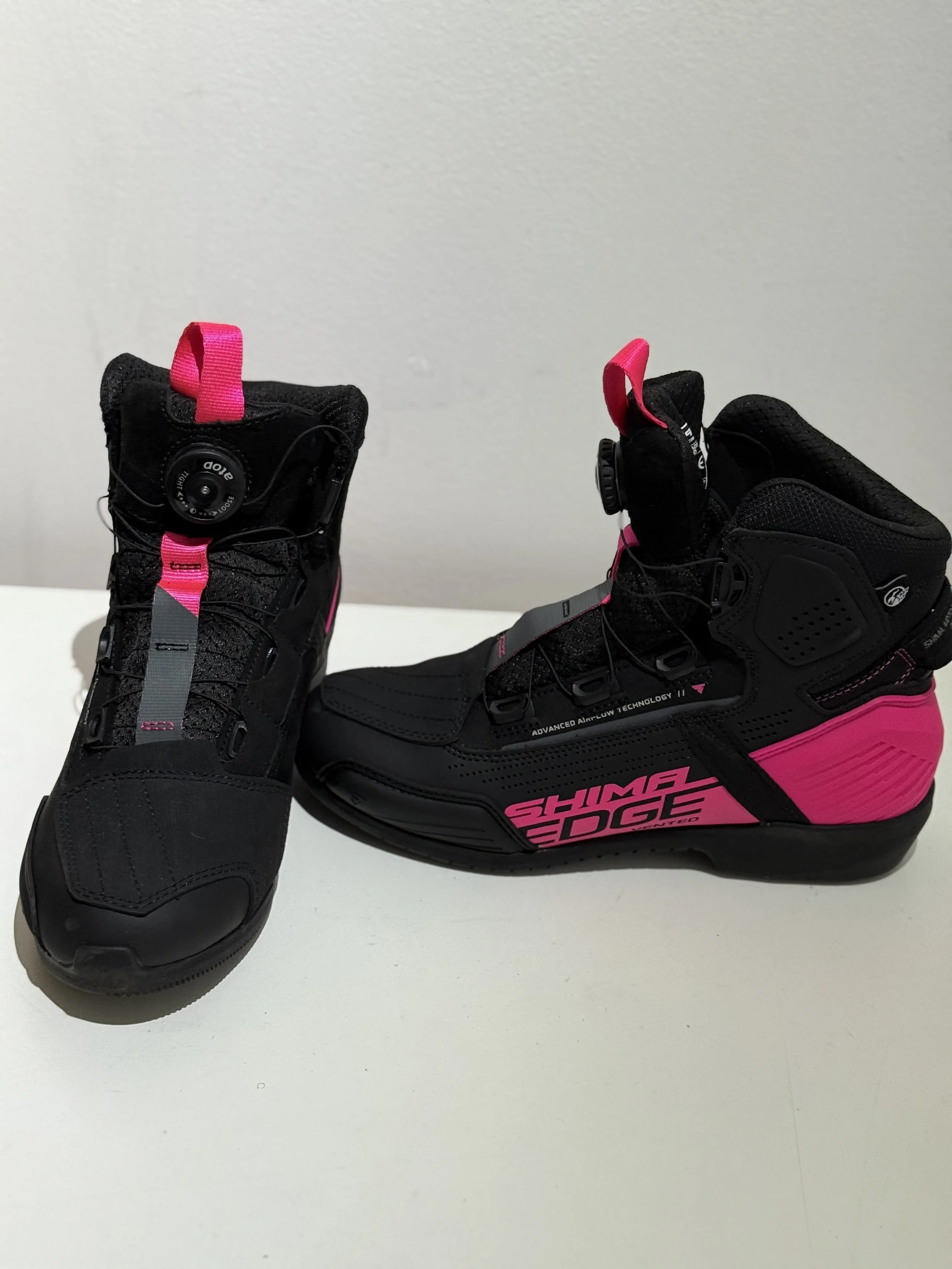
SHIMA EDGE VENT LADY PINK women's short boots black pink
When I first started riding, finding the right gear that combined comfort, safety, and style was a challenge. The SHIMA EDGE VENT LADY PINK women's short boots in black and pink quickly became my go-to choice. Designed specifically for female riders, these boots offer excellent ventilation, ensuring my feet stay cool during long rides. The sturdy construction provides reliable protection without sacrificing flexibility, making them perfect for both beginners and experienced riders. Plus, the sleek black and pink design adds a stylish edge that I love. If you're just starting your motorcycling journey, the SHIMA EDGE VENT boots are a great investment to keep you safe, comfortable, and confident on the road.
-
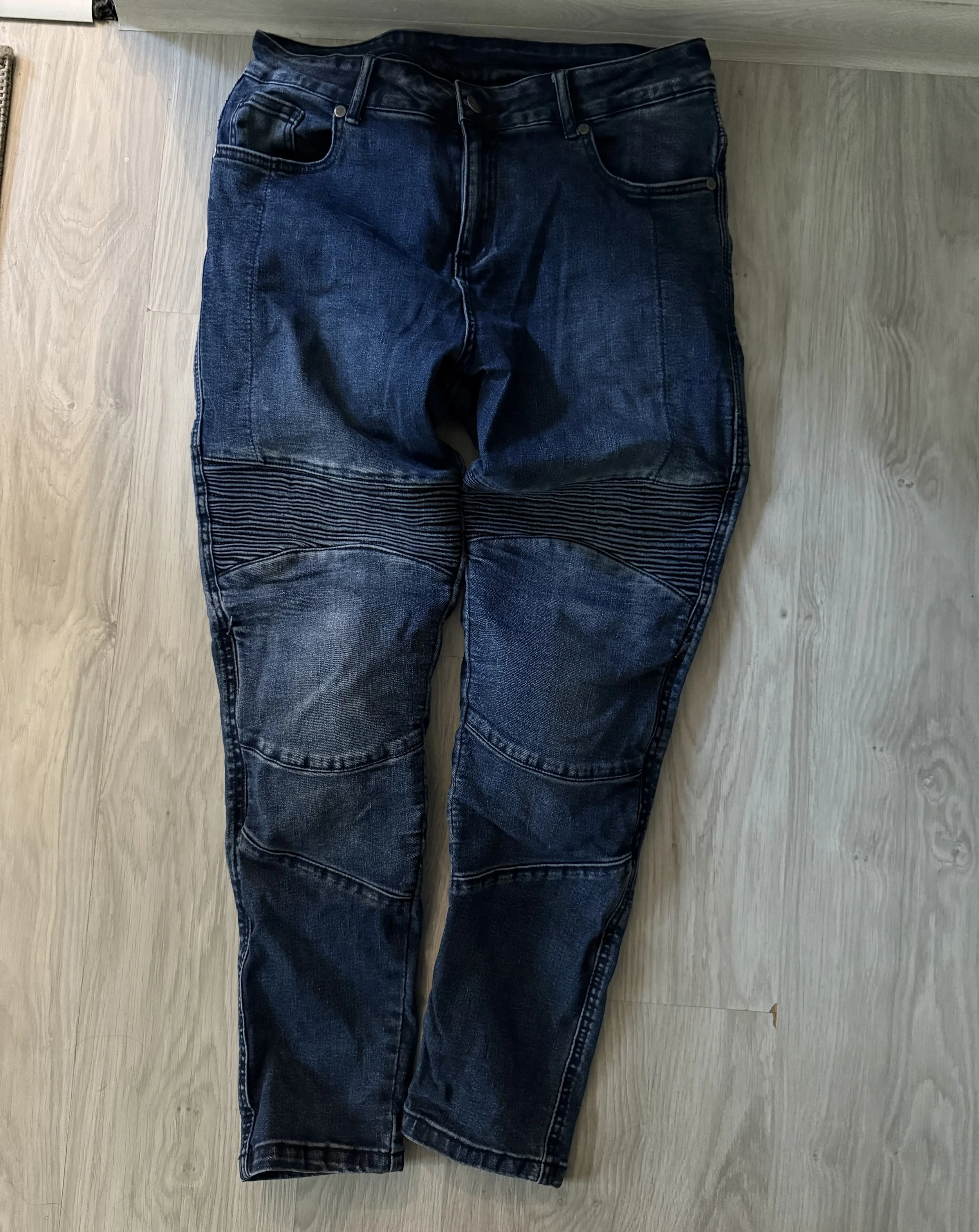
OZONE AGNESS II Women's Biker Jeans, Washed Blue
The OZONE AGNESS II Women’s Biker Jeans in Washed Blue have quickly become my go-to gear as a beginner motorcyclist. From the moment I put them on, I noticed how comfortable they are — the denim is sturdy yet flexible enough to move freely during rides. Knowing they come with CE-rated knee armor and pockets for hip protectors gave me real peace of mind, especially as I was still building confidence on the road. I also love the classic washed blue shade; it’s stylish enough to wear off the bike, making it easy for me to transition from riding to everyday activities without changing. For anyone starting out, these jeans strike the right balance between protection and style, helping me feel secure while enjoying every new mile.
Kitesurfing Gear
-
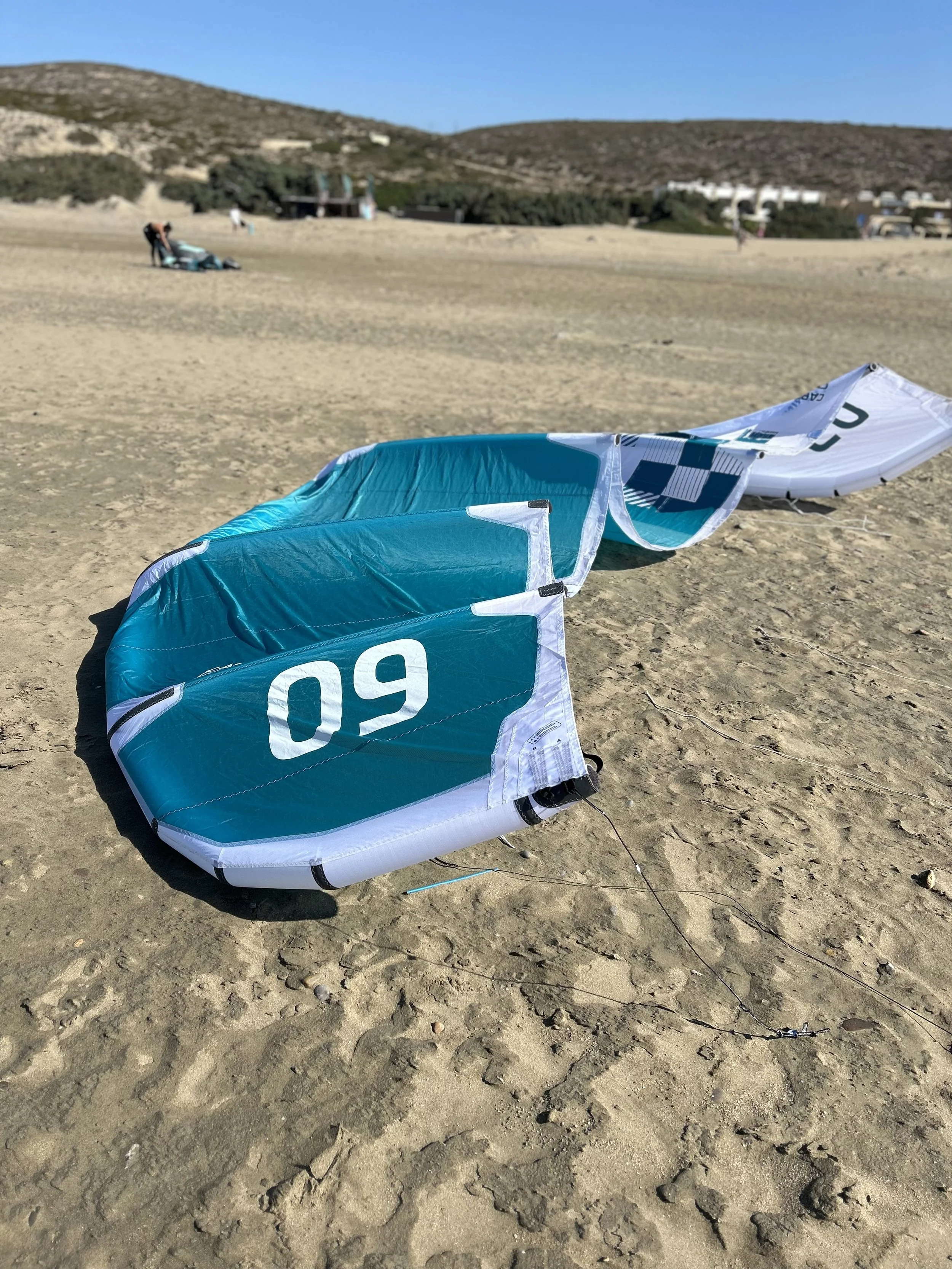
The Kite
Your engine. You'll start on a big, stable, and forgiving one.
The school will likely give you a "Bow Kite" or a "Hybrid Kite." All I know is that the one I used was big, easy to relaunch from the water (which I did about 50 times), and didn't punish me too hard for my mistakes. You'll learn about kite sizes (like 9m vs 12m) depending on the wind. Don't worry about this now, just absorb what your instructor says.
Check out Best Kites here; You will find the perfect kites whether you are a beginner or pro.
-

Mystic Gem Waist Women kitesurf harness
The Mystic Gem Waist Women Kitesurf Harness quickly became my go-to gear when I first started kitesurfing. As a beginner, I found its snug fit and adjustable straps gave me the stability I desperately needed on the water, making those early, wobbly rides feel a lot safer. The soft EVA foam lining meant I could stay out longer without discomfort, which was a game-changer as I built up my confidence. Plus, the harness’s lightweight design didn’t weigh me down, allowing me to move freely and focus on improving my technique. For anyone just starting their kitesurfing journey, this harness offers the perfect blend of comfort and support to make your experience both enjoyable and secure.
-
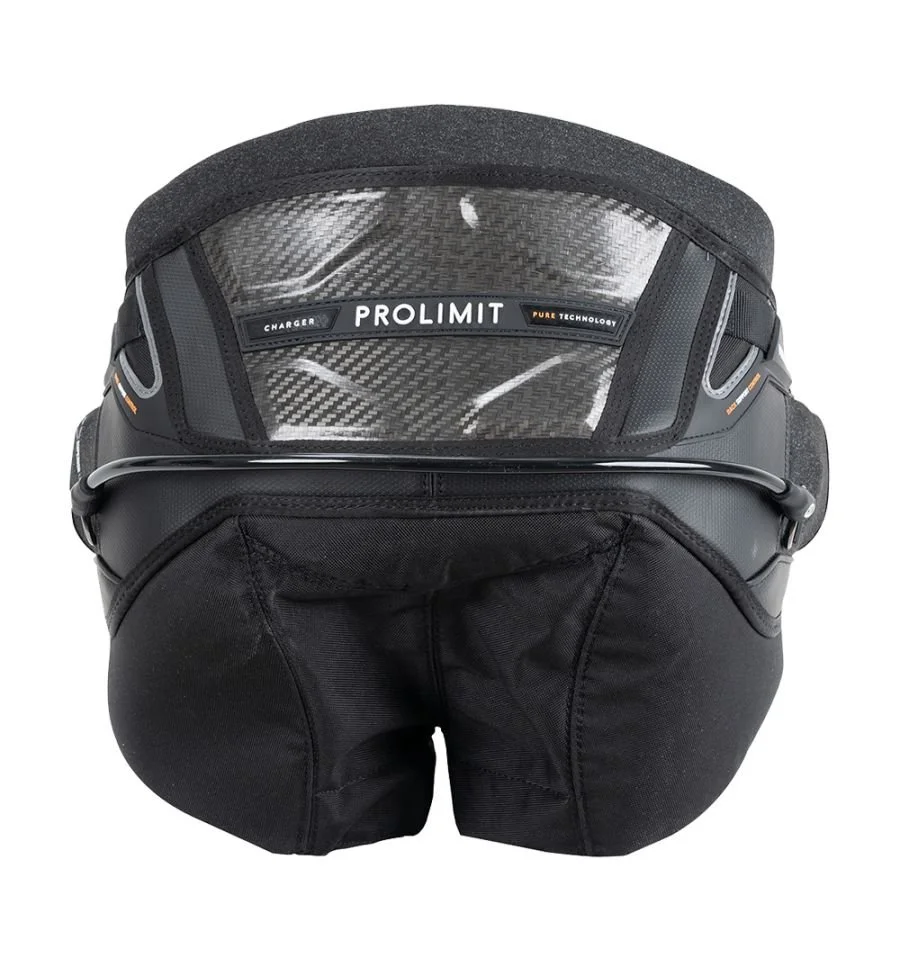
Prolimit Kite Seat Charger Harness
Prolimit Kite Seat Charger Harness
The Prolimit Kite Seat Charger Harness offers a comfortable and supportive fit, especially important for beginners getting the feel of kitesurfing. When I used a Mystic waist harness, I struggled to reach the bar properly, which made controlling the kite difficult. Switching to the Prolimit Seat Charger meant I could hook in more easily, and the added lift it provides helped me stay balanced and energized during my sessions. This harness gave me the extra support I needed to improve my riding and build confidence on the water.
-
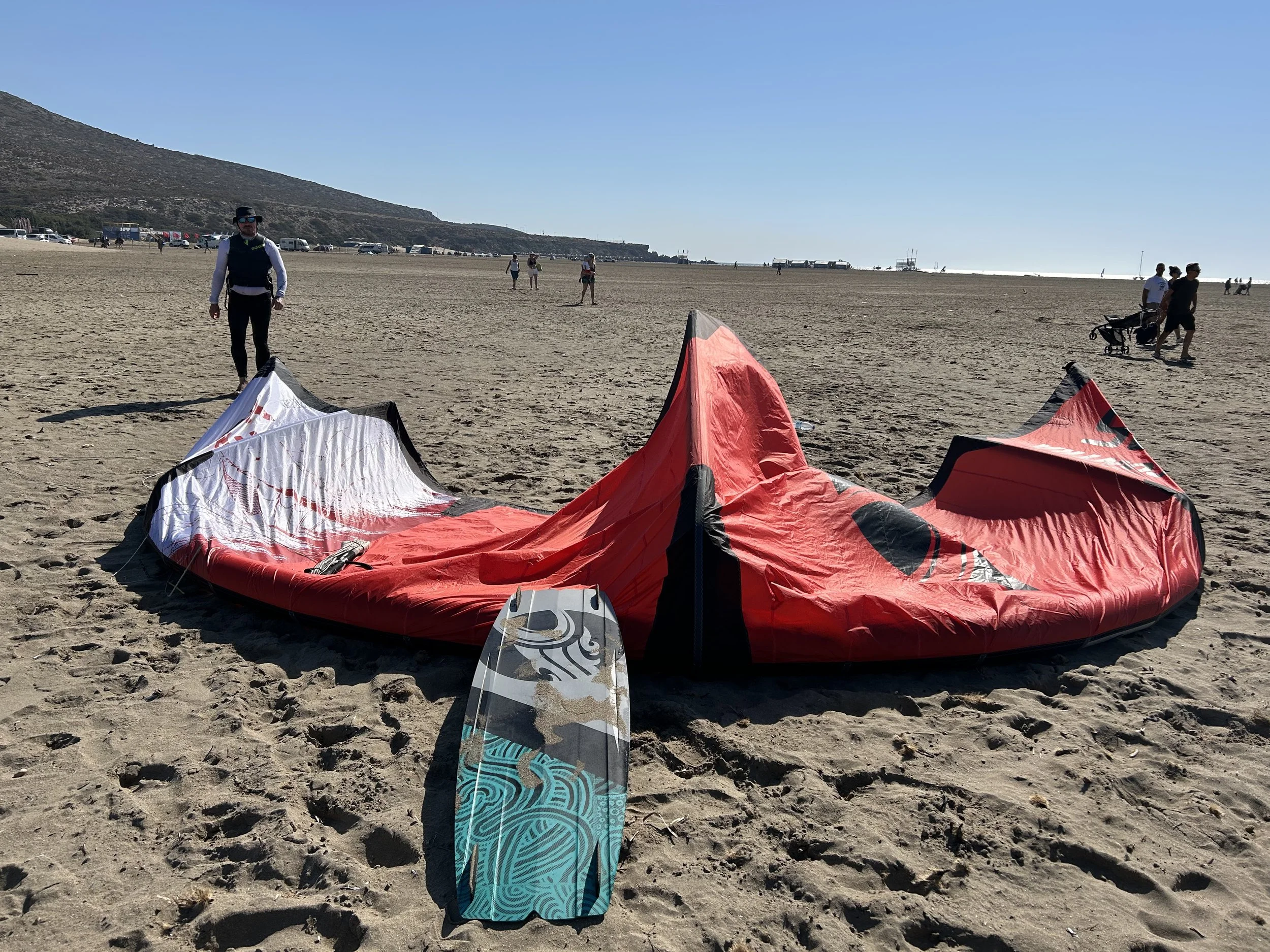
The Board (Nobile)
A floating door that's perfect for learning.
My Experience: The board you learn on will feel HUGE. It's designed to be super buoyant and stable, making it easier to get up and stand for the first time (a skill they call the "waterstart"). Don't even think about those cool, small boards the pros use; this is your stable learning platform.
-
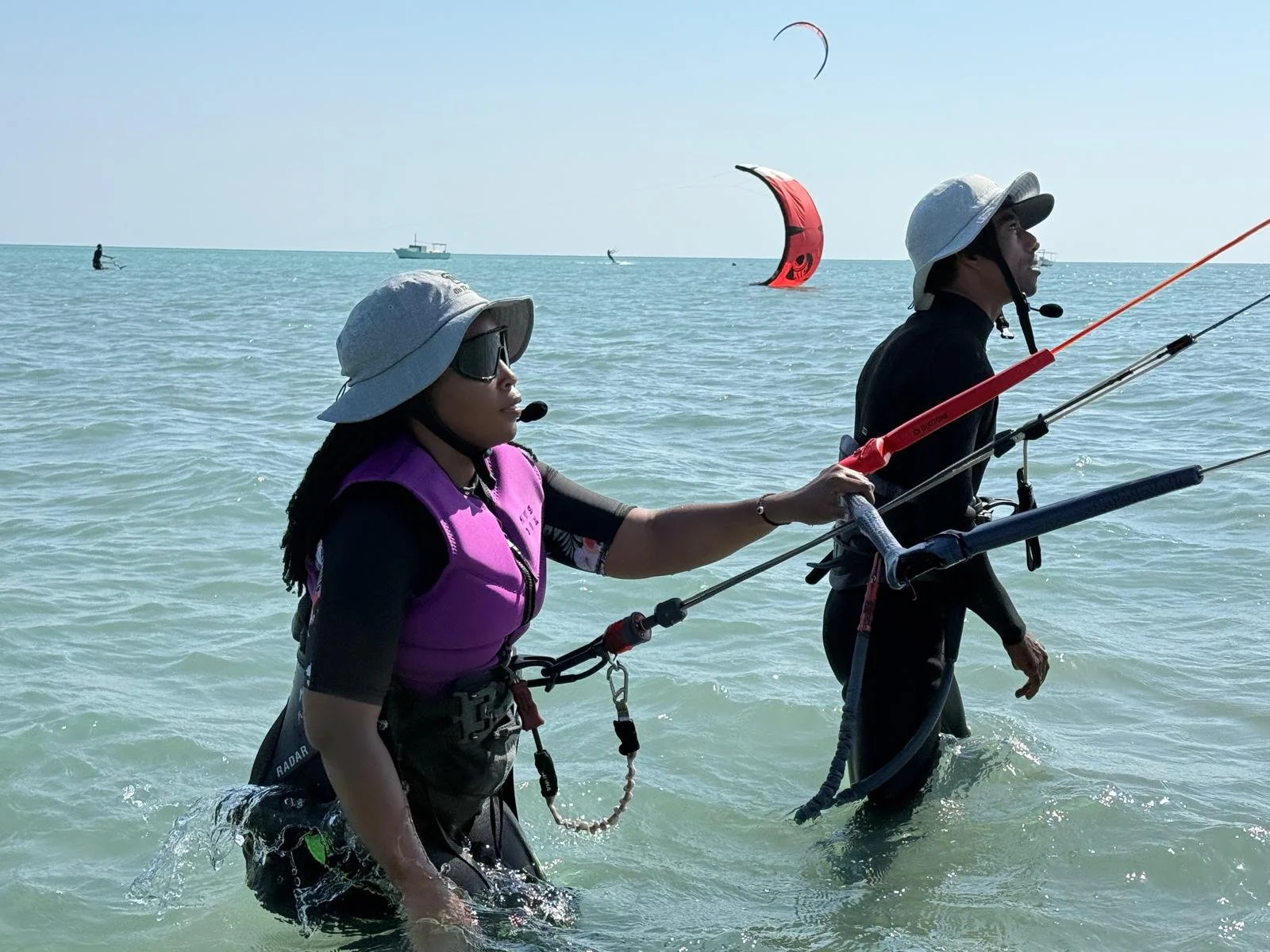
The Control Bar & Lines
Your steering wheel, gas pedal, and emergency brake all in one.
This was the most intimidating part. It’s how you control the kite. My instructor spent the first hour on the beach just going over the safety systems. Pay attention to the "quick release" – it's the red handle that disconnects you from the kite's power. Knowing it's there is a massive confidence booster.
Shop for Bars & Line Sets at Best
-
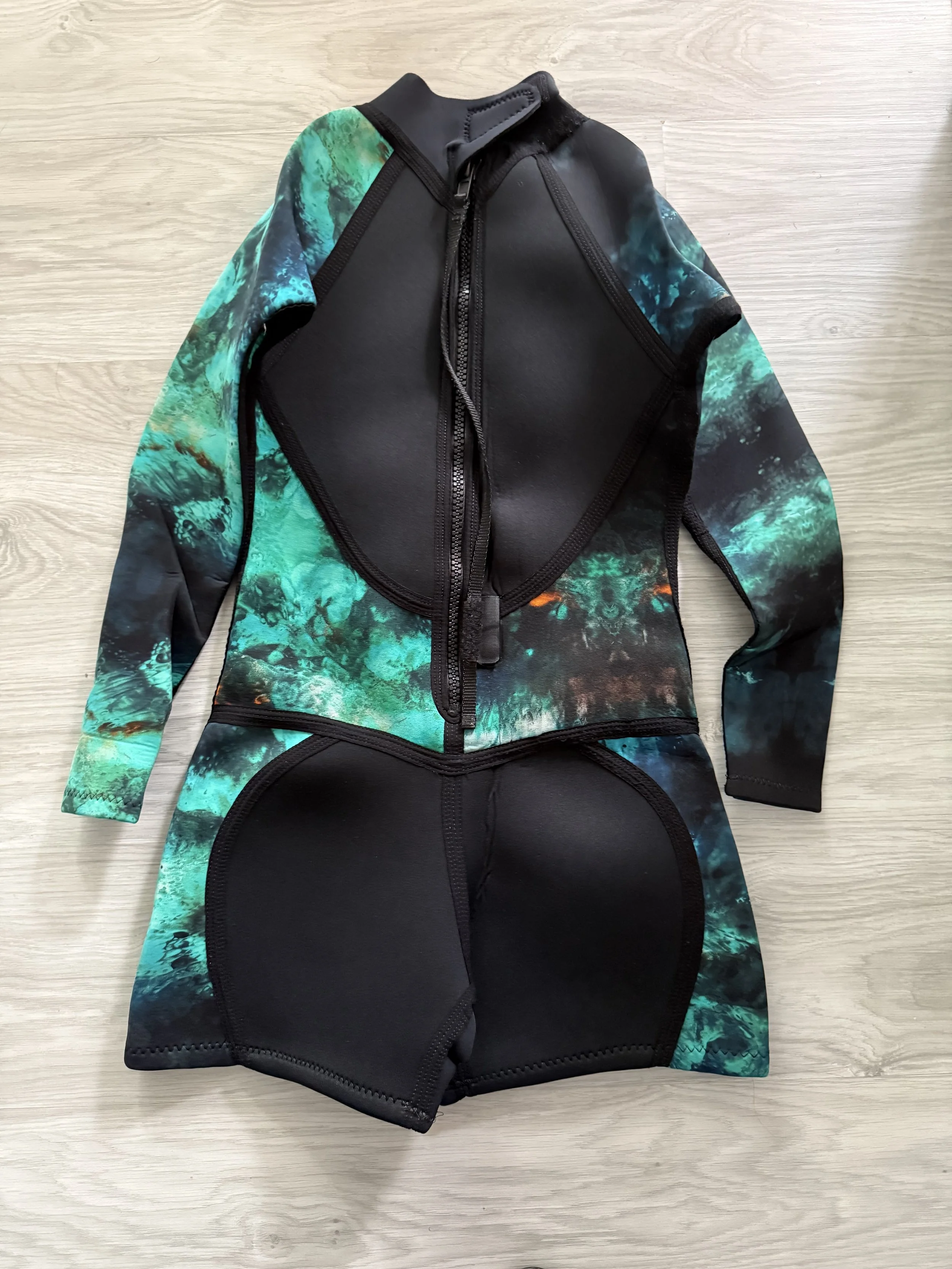
A Good Wetsuit
The single most important personal item. Don't skip this.
I learned in Egypt, even in on hot days, the water is cold. A school's rental wetsuit can be old, stretched, and damp. Buying your own well-fitting 4/3mm or 5/4mm wetsuit is the difference between an amazing 2-hour lesson and quitting after 30 minutes because you're shivering. This is where I'd spend my money first.
-
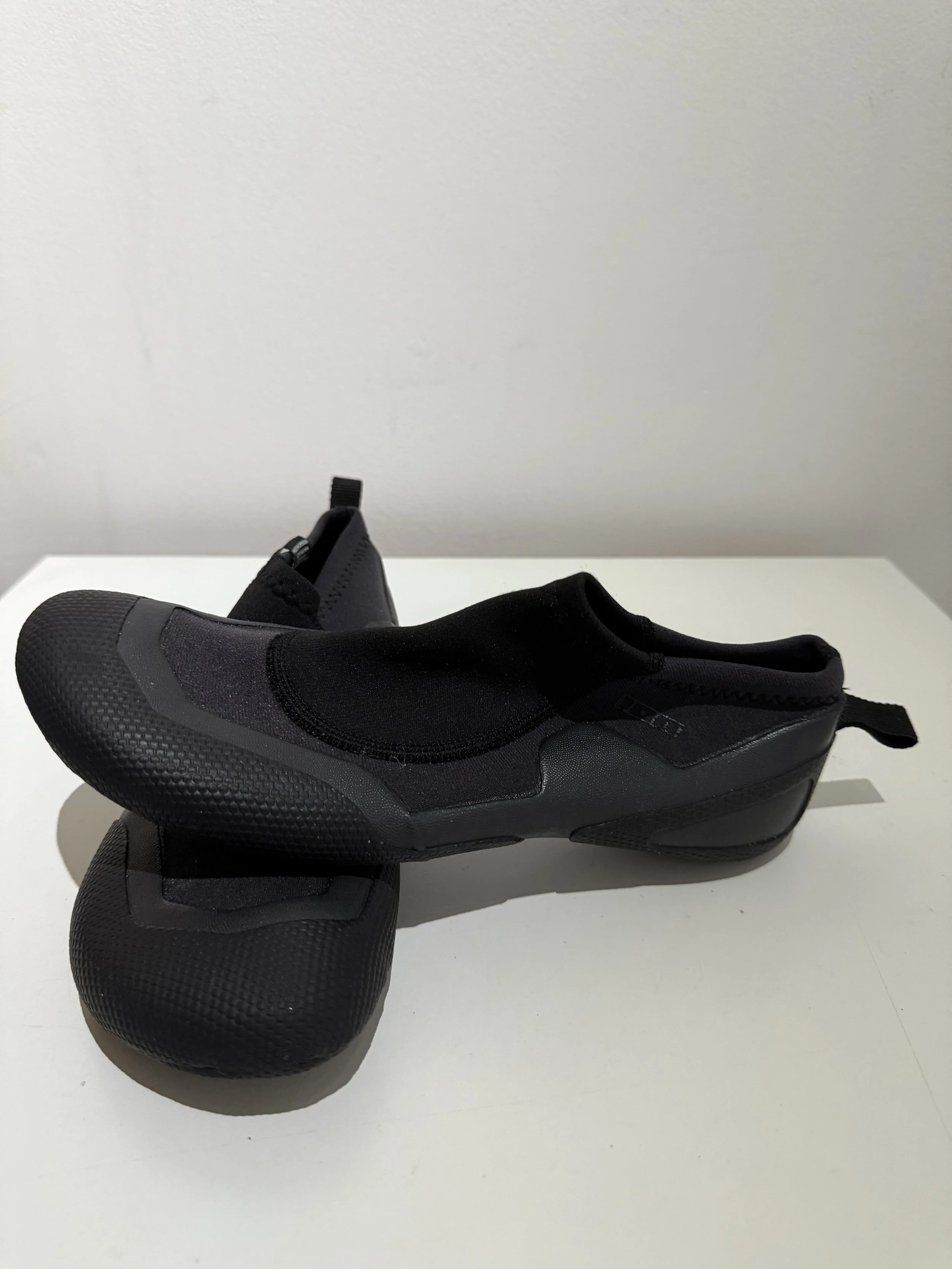
Ion Neoprene Booties (3mm)
Protect your feet. You'll thank me later.
My Experience: You'll be walking on sand, sharp shells, and maybe some rocks to get to the water. A simple pair of 3mm neoprene booties keeps your feet warm and protected from cuts. An absolute must-have.
-
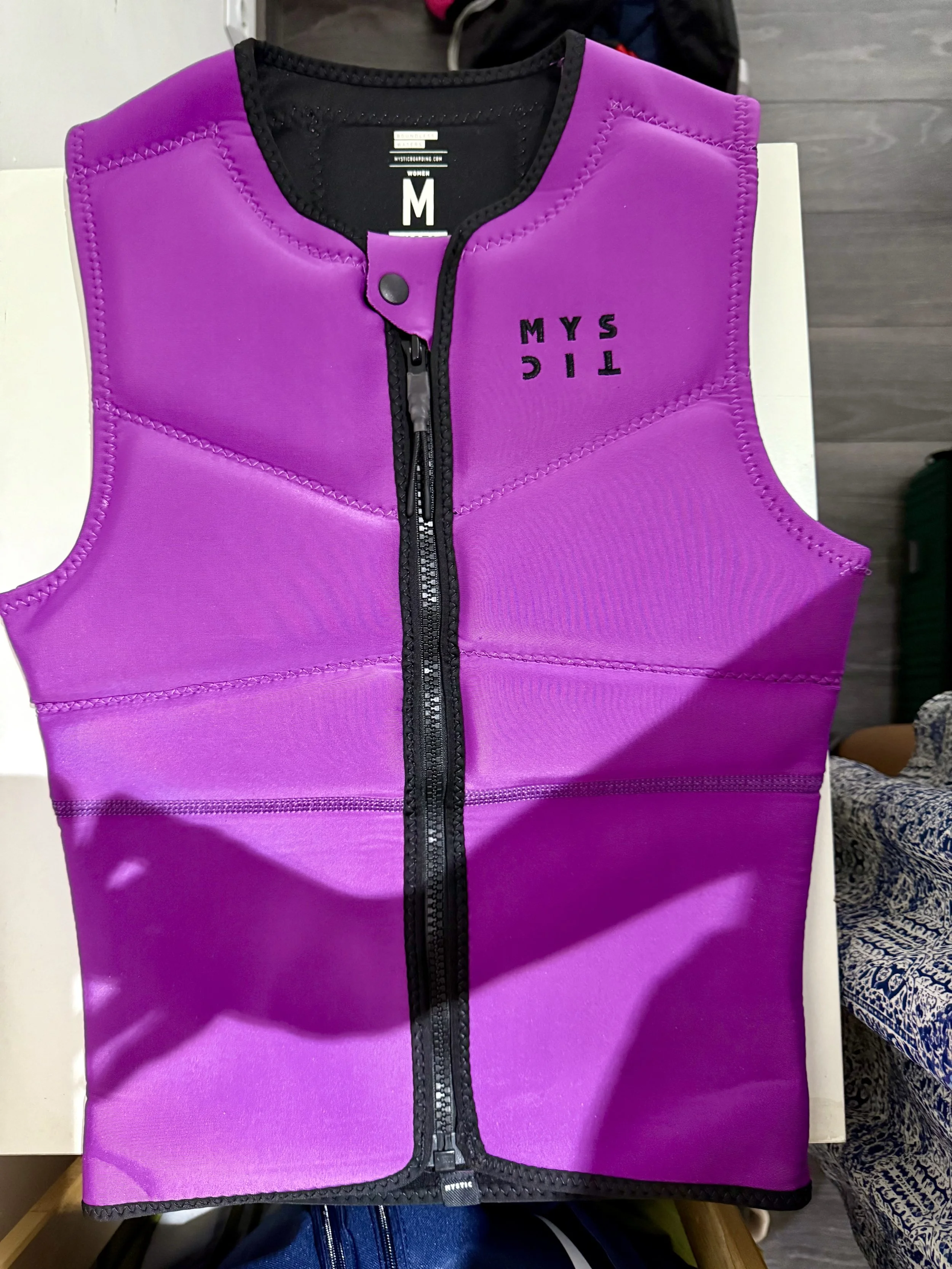
Mystic Impact Vest
Your personal confidence booster. The school provides a basic buoyancy aid, but an impact vest offers two key benefits: added flotation and protective padding for your ribs. Having that extra layer of armor when you inevitably get dragged or crash not only enhances your safety but also significantly boosts your confidence to push your limits and try new moves. Knowing you’re better protected allows you to focus more on learning and less on fear, making your first kitesurfing adventures more enjoyable and rewarding.
Skydiving Gear
-

Helmet
Your helmet is your most important piece of personal safety gear. While your local drop zone will provide one for tandem jumps, as you progress to solo and tunnel flying, having your own helmet is crucial. It's a matter of safety, comfort, and a perfect fit. Look for a helmet that is designed specifically for skydiving, as it will be streamlined and have an aerodynamic shape to prevent buffeting in the wind.
What I Look For: I chose a helmet with a solid reputation for safety and a comfortable, secure fit. I also looked for a model with a built-in spot for an audible altimeter and the ability to mount a camera, so it grows with my skills. Brands like Cookie, especially the G3 or G4 models, are very popular among beginners and pros alike for their comfort and safety ratings.
-

Jumpsuit
The jumpsuit is what gives you control in freefall. A good jumpsuit helps you fly more stably and makes it easier to track your movements in the air. For beginners, a simple jumpsuit with a good, comfortable fit is key. It should be made from a durable yet flexible material that allows for a full range of motion.
What I Look For: As a beginner, I wanted a suit that was versatile for both wind tunnel flying and outdoor jumps. I chose a "student suit" or "all-around suit" that is designed for a general fit and a wide range of movements. Brands like Intrudair and Rainbow Suits are well-known for creating high-quality, made-to-measure jumpsuits that are perfect for beginners who are just starting to build their skills.
-

Altimeter
An altimeter is the most critical piece of equipment a solo skydiver will own. While your instructor will have one during a tandem jump, your own altimeter is essential for gaining altitude awareness and knowing when to pull your parachute. For beginners, a simple, clear, and easy-to-read digital altimeter is the best choice.
For Beginners, I Recommend: The most common and reliable brand is L&B (Larsen & Brusgaard), with the Viso II+ being a popular choice. It's a digital altimeter that's easy to read and has a built-in logbook to track your jumps. A great alternative is the Alti-2 Atlas, which is known for its durability and clear display.
-

Goggles
The goggles provided at the drop zone are a great starting point, but a personal pair offers a better fit and a clearer view. They protect your eyes from the over 120 mph winds of freefall. Look for a pair that is anti-fog, scratch-resistant, and has a flexible fit to seal around your face.
For Beginners, I Recommend: Brands like Kroops and Flex-Z are excellent for beginners. Their goggles are known for being lightweight, comfortable, and durable. They offer a great seal, which is crucial for those with contact lenses, and come in a variety of lens tints.
-

Footwear
Skydivers wear comfortable, lace-up shoes with a flat sole that won't get snagged on the rig or during landing. High-ankle shoes are often recommended to prevent sprains.
-

Gloves
While they may seem like a minor detail, gloves are an essential piece of equipment for a comfortable and safe skydive. They protect your hands from the extreme cold and high winds of freefall, which can cause windburn and dehydration. More importantly, they improve your grip on key pieces of equipment like your pilot chute and toggles, giving you better control and confidence.
For Beginners, I Recommend: I started with a simple, thin pair that offered a good balance of protection and dexterity. Look for gloves made from leather or a tackified synthetic material on the palms for a better grip. Brands like Akando and Neumann are popular choices in the skydiving community, known for their durable and well-fitting gloves that don't compromise on feel. You can find both summer and winter-weight versions to suit the conditions of your jump.
Skiing Gear
-
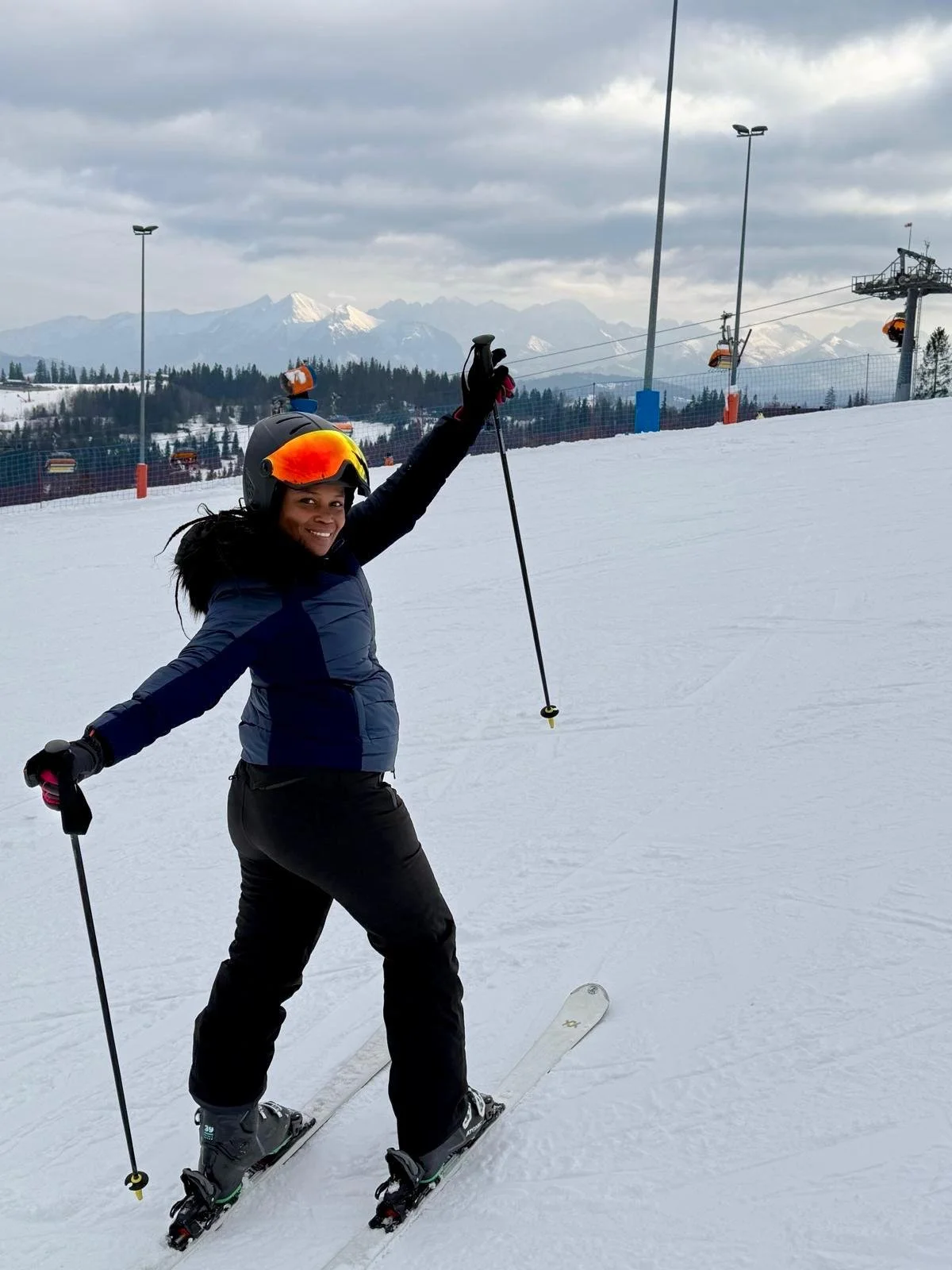
Helmet
The No-Brainer Beginner Helmet. Solid protection without destroying your wallet.
-

Apparel (Jacket, Pants, and Layers)
What to look for:
Waterproof/Water-Resistant: You're going to fall, so you need clothes that will keep you dry. Look for a ski jacket and pants with a waterproof rating.
Layering: The best way to stay comfortable is with layers. Start with a moisture-wicking base layer (not cotton!), add an insulating mid-layer like a fleece, and finish with your waterproof outer jacket.
-

Horse Riding Gear
-
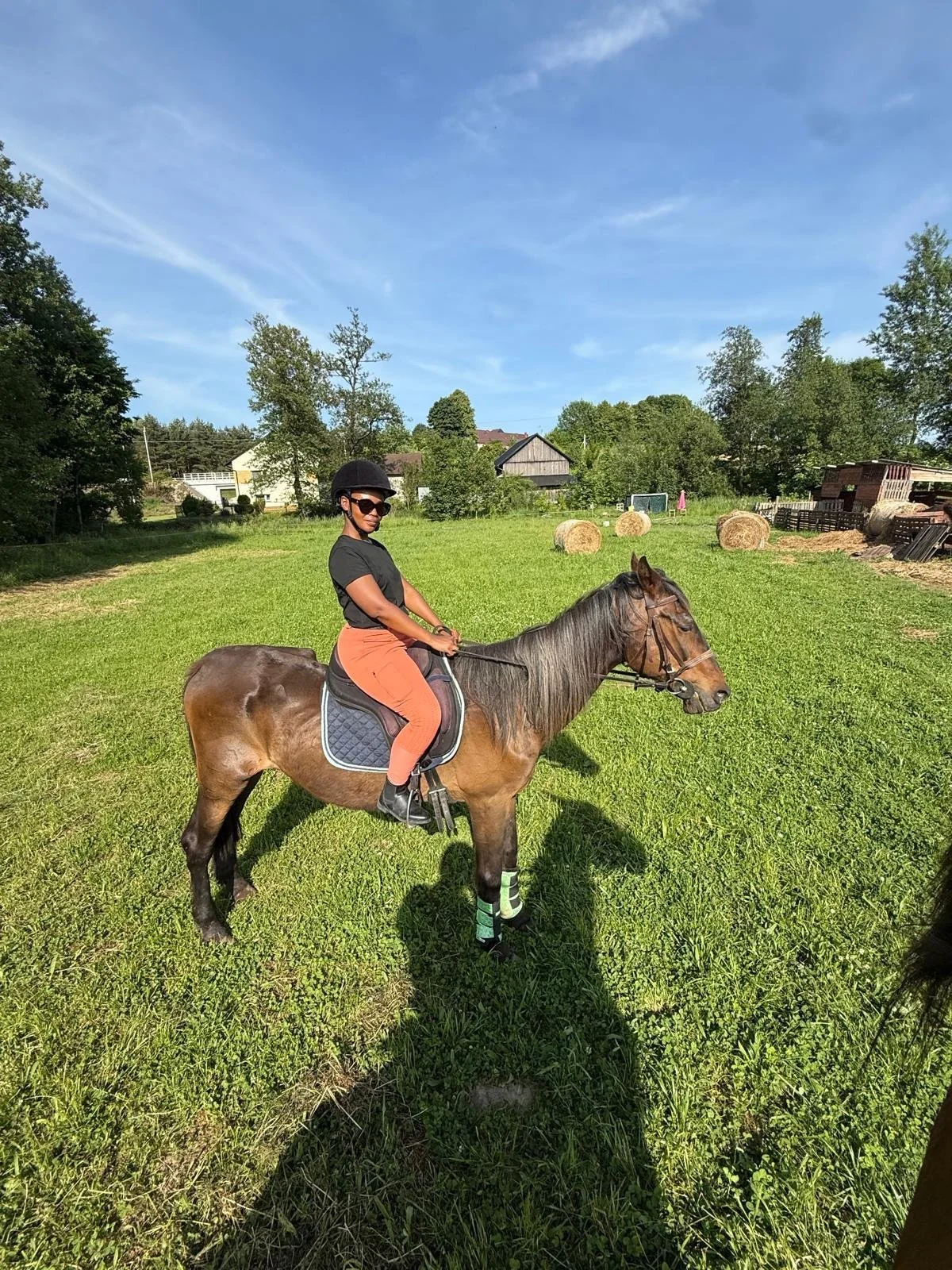
Helmet
Your helmet is your number one priority. A proper equestrian helmet is designed to protect your head from a fall from the height of a horse. It's different from a bike helmet. The key is to find one that fits snugly, without being uncomfortably tight, and doesn't wobble. For safety, never buy a used helmet.
For Beginners, I Recommend: Brands like Charles Owen, Tipperary Equestrian, and Troxel are great places to start.
-
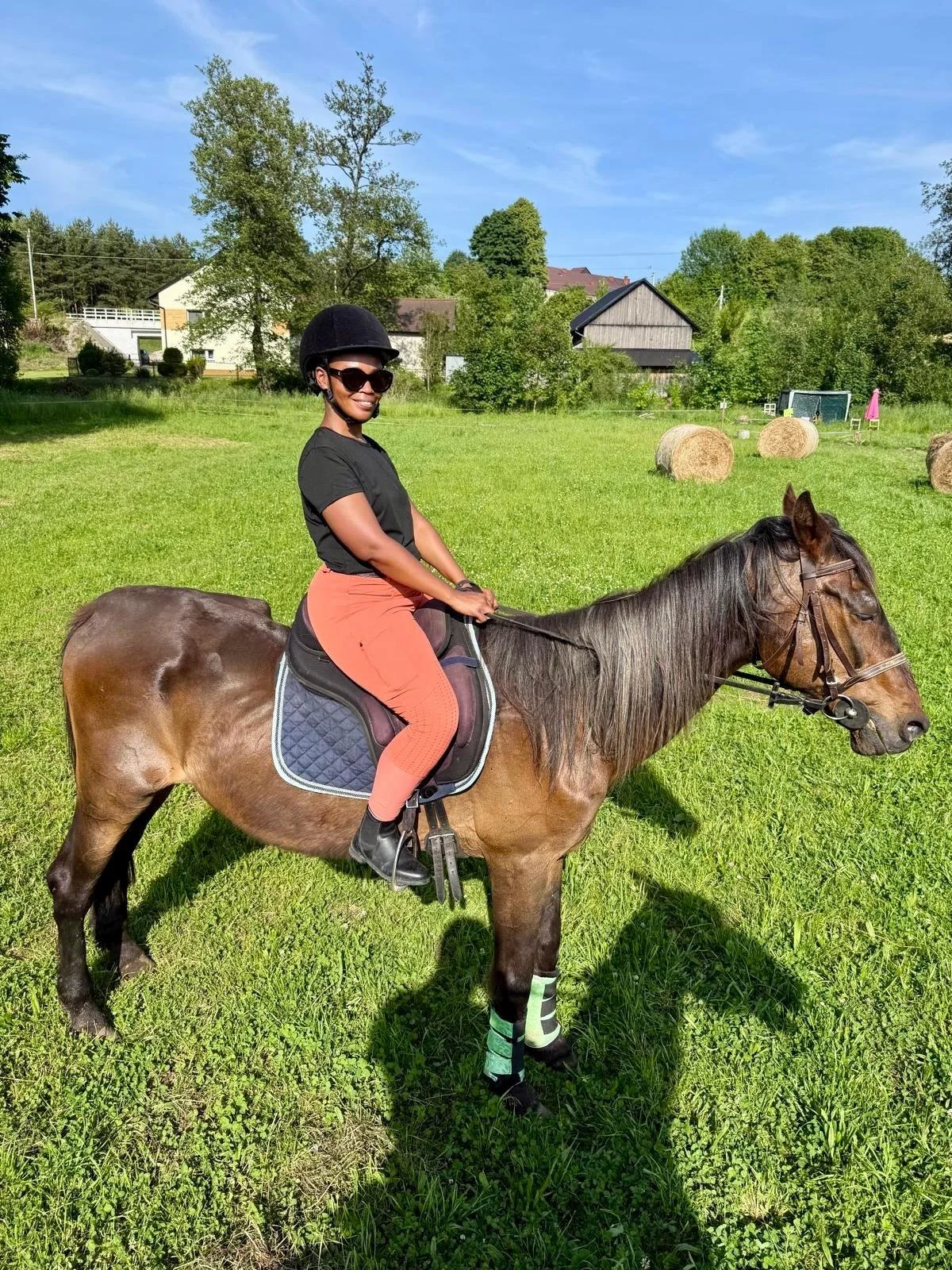
Riding Boots
You might be tempted to just wear sneakers, but proper riding boots are crucial. The small heel (1 to 1.5 inches) is a critical safety feature that prevents your foot from slipping through the stirrup. Additionally, the sturdy toe and ankle support protect your feet from being stepped on by a horse—a surprisingly common occurrence for beginners!
For Beginners, I Recommend: Paddock boots are a great, affordable option when paired with half chaps. Brands like Ariat and TuffRider are great choices.
-

Riding Pants
While you can get away with leggings for a first lesson, regular pants have seams that can cause uncomfortable chafing and rubbing against the saddle. Riding pants (breeches or jodhpurs) are made from a stretchy, breathable material with a specialized design to provide comfort, flexibility, and a better grip on the saddle, helping you stay secure.
For Beginners, I Recommend: Look for brands like BARE Equestrian and Aztec Diamond that offer comfortable and stylish designs with silicone grip.
-
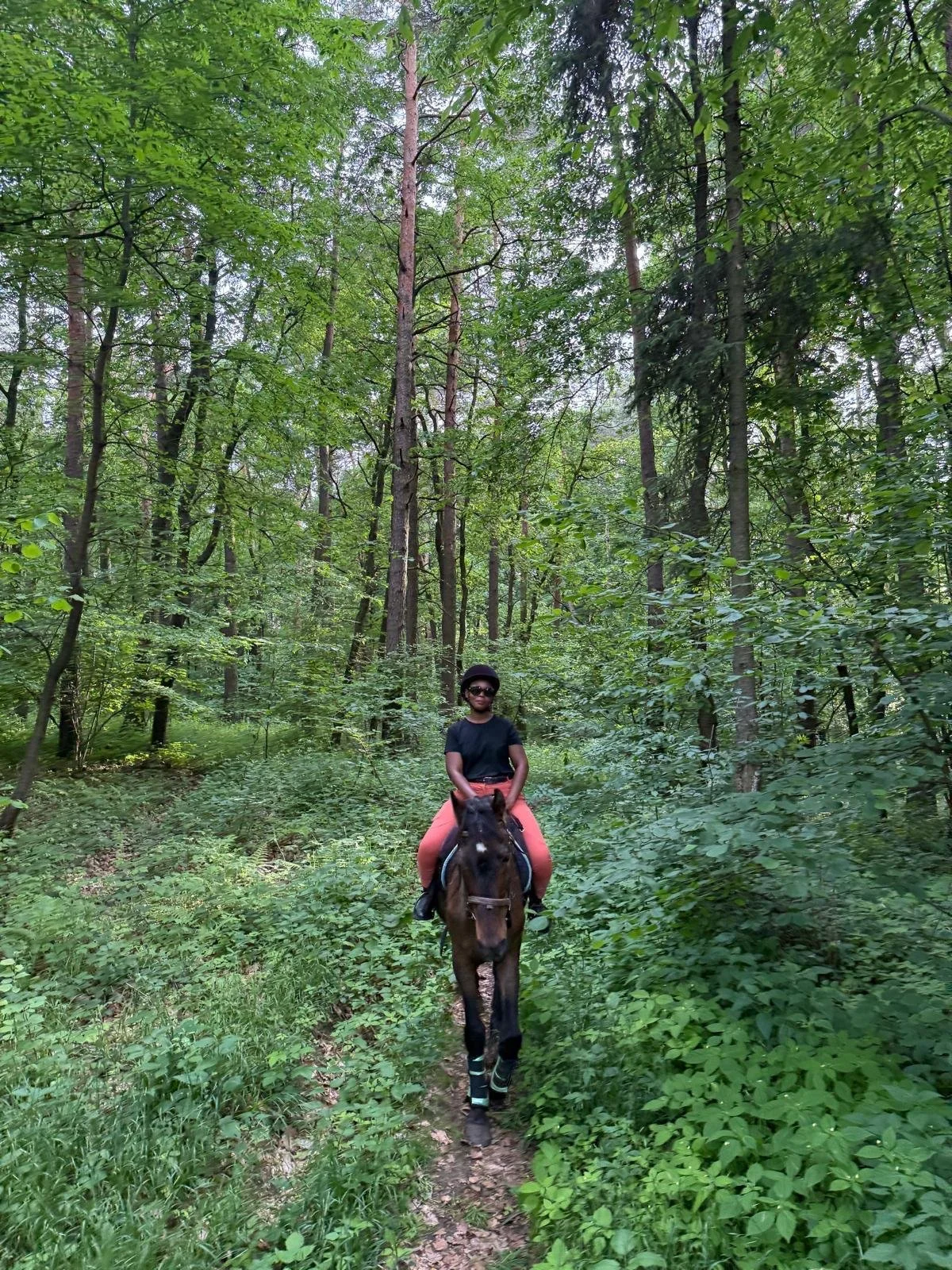
Riding Gloves
While they may seem optional, gloves are a game-changer. They protect your hands from blisters and provide a better grip on the reins, which improves your communication with the horse.
For Beginners, I Recommend: Lightweight, synthetic options from brands like Roeckl and Uvex are durable, breathable, and easy to clean.
-

Half Chaps
These are a fantastic and more affordable alternative to tall riding boots. Worn over ankle-high paddock boots, they provide a layer of protection against chafing on your lower leg from the saddle and give you a better grip, which can help with stability.
For Beginners, I Recommend: Brands like Ariat and Dublin make durable, comfortable half chaps that are easy to put on and take off.
-
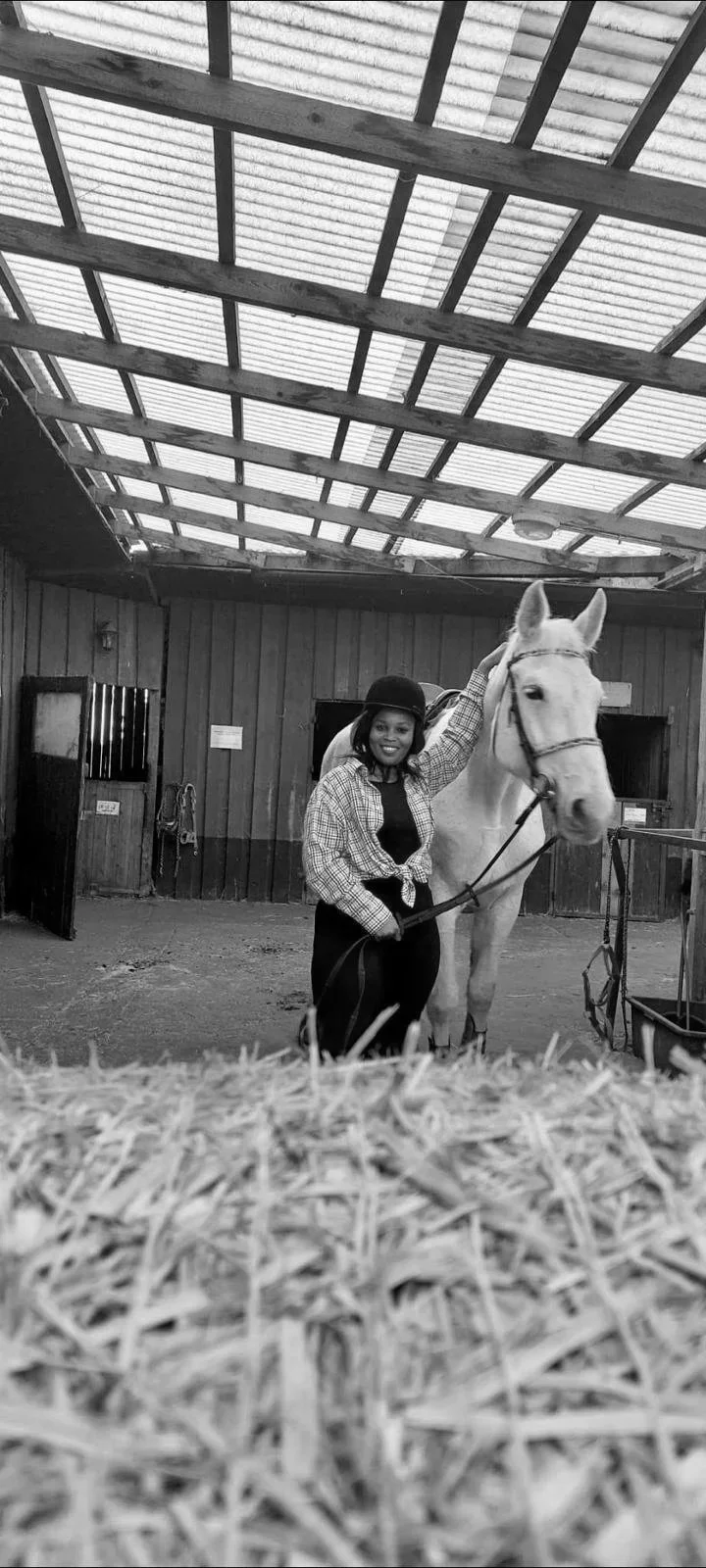
The "Ethical Rider" Kit: Our Conscious Choices
At FIRST Time Adventures, we believe that horsemanship is about more than just riding—it's about building a respectful relationship with the animals and the environment. Here, we recommend gear and practices that align with our values.
Grooming Supplies: Grooming is a vital part of horsemanship. It's a key way to bond with the horse and ensure their well-being before and after a ride. We recommend a basic kit that includes a hoof pick, a body brush, and a curry comb. Look for brands that prioritize sustainable materials or give back to animal welfare initiatives.
By choosing gear thoughtfully, you're not only investing in your own safety and comfort but also engaging in a mindful practice that honors the animals and the sport.

